Rapid warming is forcing animals into survival corners they can’t escape.
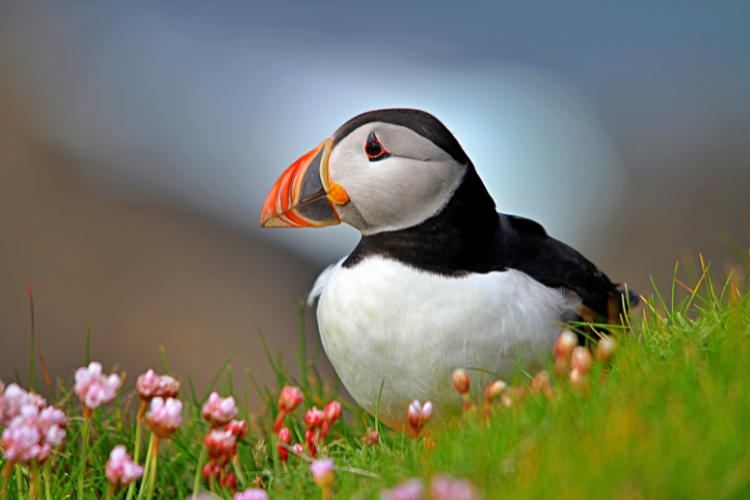
The speed of climate change is catching some animals off guard, and their survival windows are closing faster than scientists expected. We’re talking about species that already live in fragile ecosystems now being pushed beyond their limits. Their habitats are shrinking, food sources are disappearing, and entire life cycles are being disrupted. These 12 species are teetering, and watching how climate change is reshaping their fates feels like reading the last page of a book you didn’t want to end.
1. Saola numbers are collapsing in a warming Laotian forest.

Dubbed the “Asian Unicorn,” the saola already lives on the edge due to habitat loss, but rising temperatures are compounding the stress. According to the World Wildlife Fund, climate change is shrinking cool, dense forests and disrupting water sources they rely on. With less access to their preferred environment and increased pressure from human expansion, saola numbers are plummeting, making them one of the rarest and least seen mammals on Earth. Conservationists fear that without rapid protection, they could vanish entirely.
2. The Bramble Cay melomys has already faced extinction once.
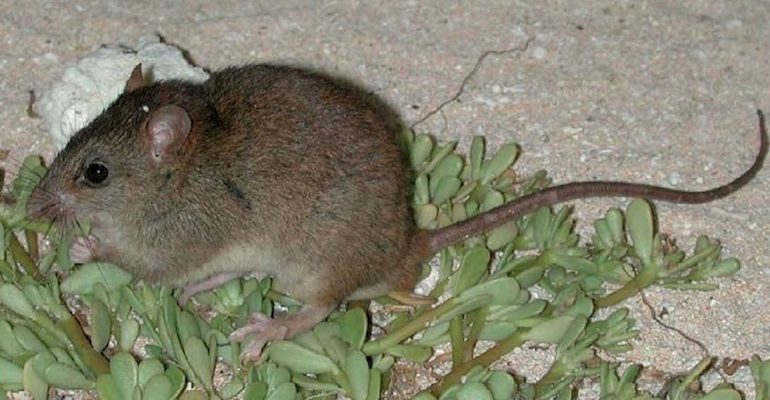
This small rodent, once found on a tiny vegetated cay near Australia, disappeared in 2016 due to rising sea levels. As stated by the Queensland Government, extreme weather linked to climate change wiped out its habitat, pushing it to functional extinction in the wild. Recent conservation efforts involve searching for surviving populations on neighboring islands, but increasing storm surges and coastal erosion continue to threaten any potential recovery. Its story is a stark warning for coastal-dependent wildlife.
3. Emperor penguins are losing breeding grounds to melting ice.

The emperor penguin, a symbol of Antarctica, is directly tied to stable sea ice for raising chicks. Reported by the British Antarctic Survey, increasingly warm winters and unpredictable ice patterns have caused massive breeding failures in recent years. When sea ice breaks apart too early, chicks drown before they can develop waterproof feathers. Their survival depends on consistent cold conditions, and that stability is vanishing fast, leaving entire colonies vulnerable with little chance to adapt in time.
4. Quiver trees in southern Africa are dropping dead in clusters.
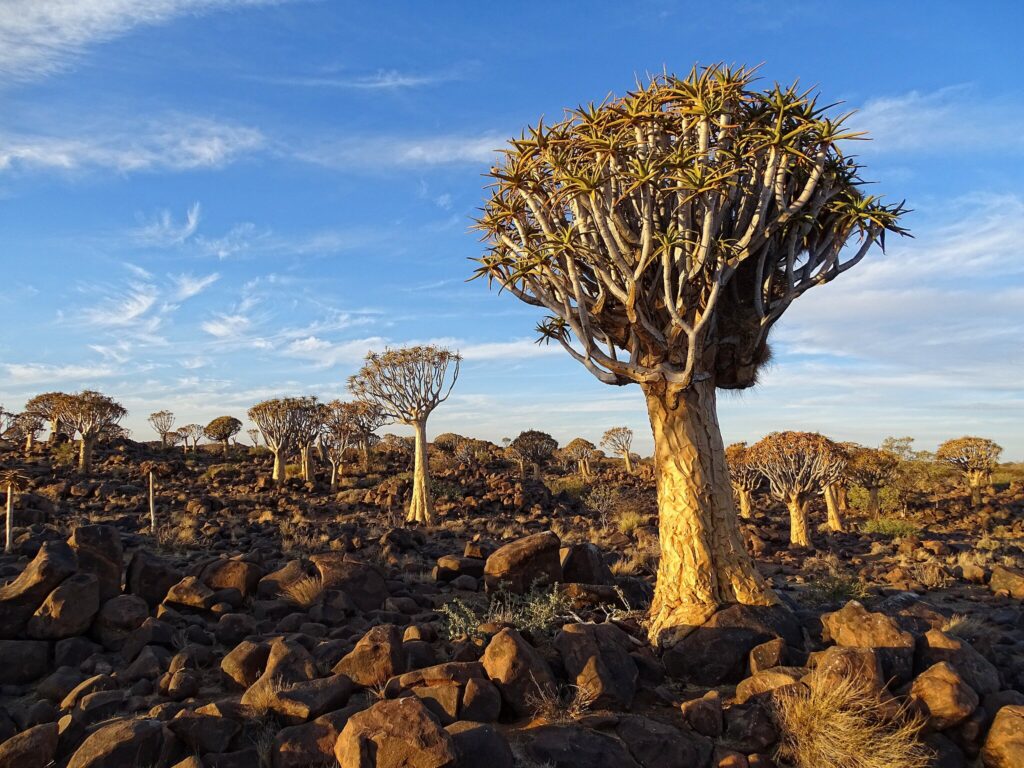
Quiver trees, a keystone species in arid regions of Namibia and South Africa, are collapsing under extreme heat and prolonged drought. These trees store water in their branches, creating microhabitats for birds and insects. Now, whole groves are dying simultaneously, leaving once-stable desert ecosystems exposed and unbalanced. The deaths aren’t gradual—they’re sudden, almost like a forest’s version of mass coral bleaching, signaling an ecosystem shock with wide-reaching effects on biodiversity.
5. Hawksbill turtles face shifting nesting beaches.
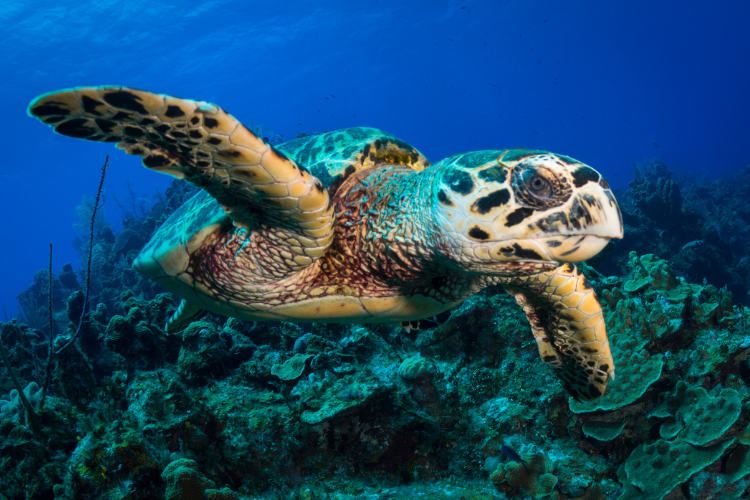
Hawksbills already fight illegal trade and habitat loss, but warming sand is skewing hatchling sex ratios. Hotter sand produces more females, and in some areas, nearly all hatchlings are now female. This might sound beneficial short-term, but over generations it can collapse entire populations. Add sea level rise erasing critical beaches, and this species is running out of safe reproductive space, leaving conservationists scrambling for artificial cooling and hatchery programs.
6. Ghost orchids are fading in once-stable swamps.
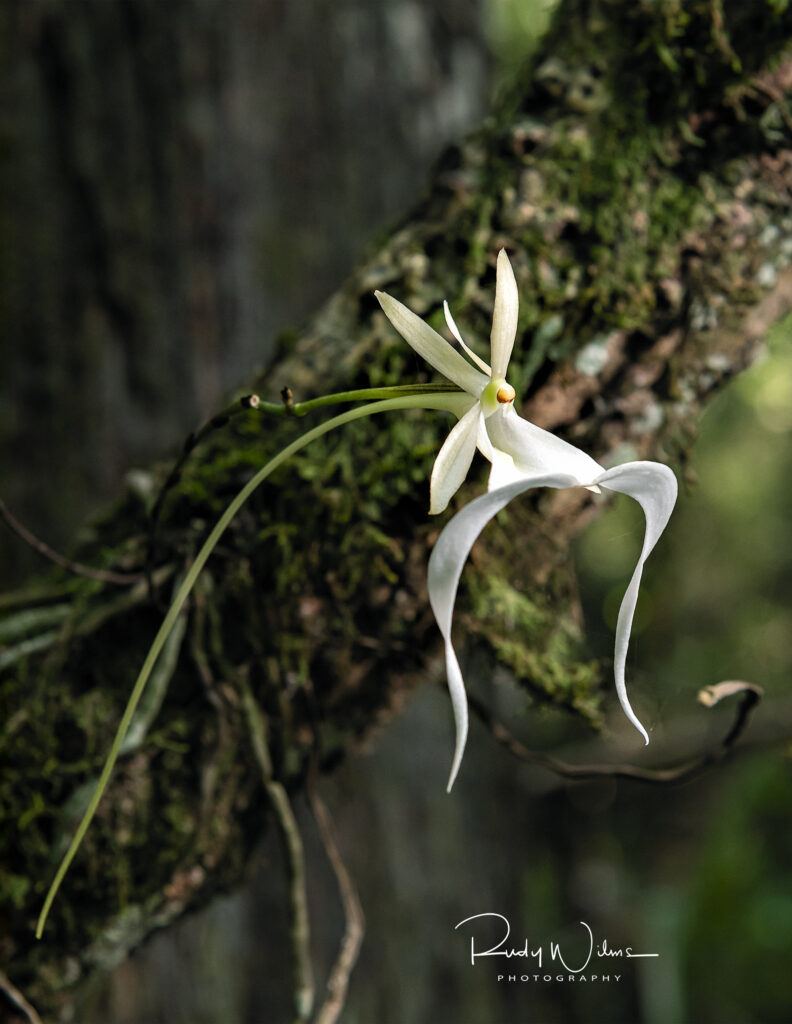
This famously elusive flower in Florida and the Caribbean depends on delicate water cycles and stable humidity. Climate-driven droughts and hurricanes are destabilizing their ecosystems, and poaching pressure adds extra stress. When swamp levels drop or saltwater intrusion creeps in, their root systems can’t adapt. Once admired for their almost supernatural beauty, ghost orchids are now symbols of how quickly climate change can chip away at fragile species with hyper-specific growth needs.
7. Snow leopards are losing their icy hunting grounds.

High mountain regions of Central Asia are warming faster than the global average. As glaciers recede and tree lines creep higher, snow leopards face shrinking hunting territories and declining prey. Human conflict rises when these cats hunt livestock instead of their usual prey. Protecting corridors for these animals has become critical, but without stable snow cover, their traditional lifestyle is becoming increasingly impossible, forcing them into dangerous new patterns of survival.
8. Yellow-eyed penguins are under disease and heat stress.
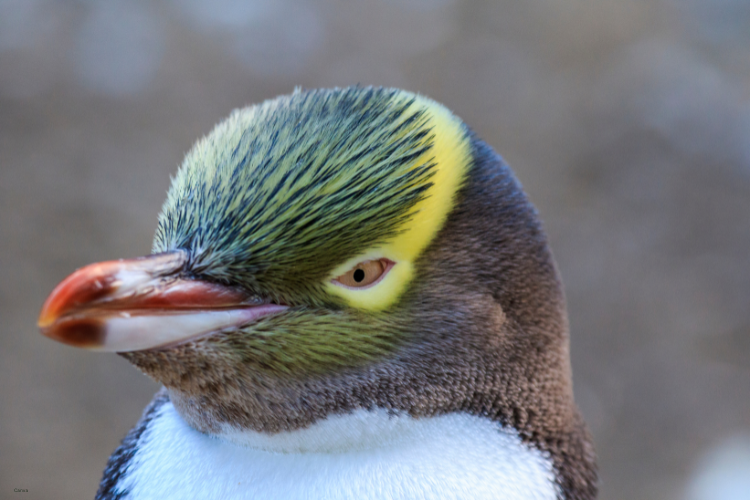
Unique to New Zealand, these penguins are highly sensitive to warming oceans and heat events on land. Warmer seas reduce fish availability, while heat stress on nesting grounds increases chick mortality. Adding infectious diseases linked to climate shifts creates a triple threat. Populations have already dropped dramatically, making them one of the rarest penguin species, and current warming projections suggest their numbers could dip even lower without immediate habitat intervention.
9. Irrawaddy dolphins are being pushed from freshwater refuges.
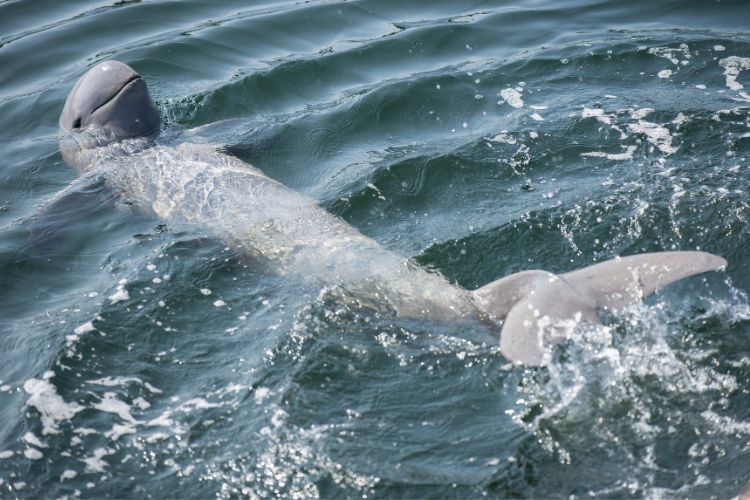
These freshwater dolphins in rivers like the Mekong and Irrawaddy depend on consistent water flow. Climate-driven droughts, combined with dam construction, are fragmenting their habitats. As rivers warm and water quality changes, their food chains destabilize. Sightings are becoming rarer, and some populations are critically endangered, with only dozens left in certain river stretches. Their slow reproductive rate makes recovery from these habitat changes particularly challenging.
10. Alpine ibex can’t climb away from warming.
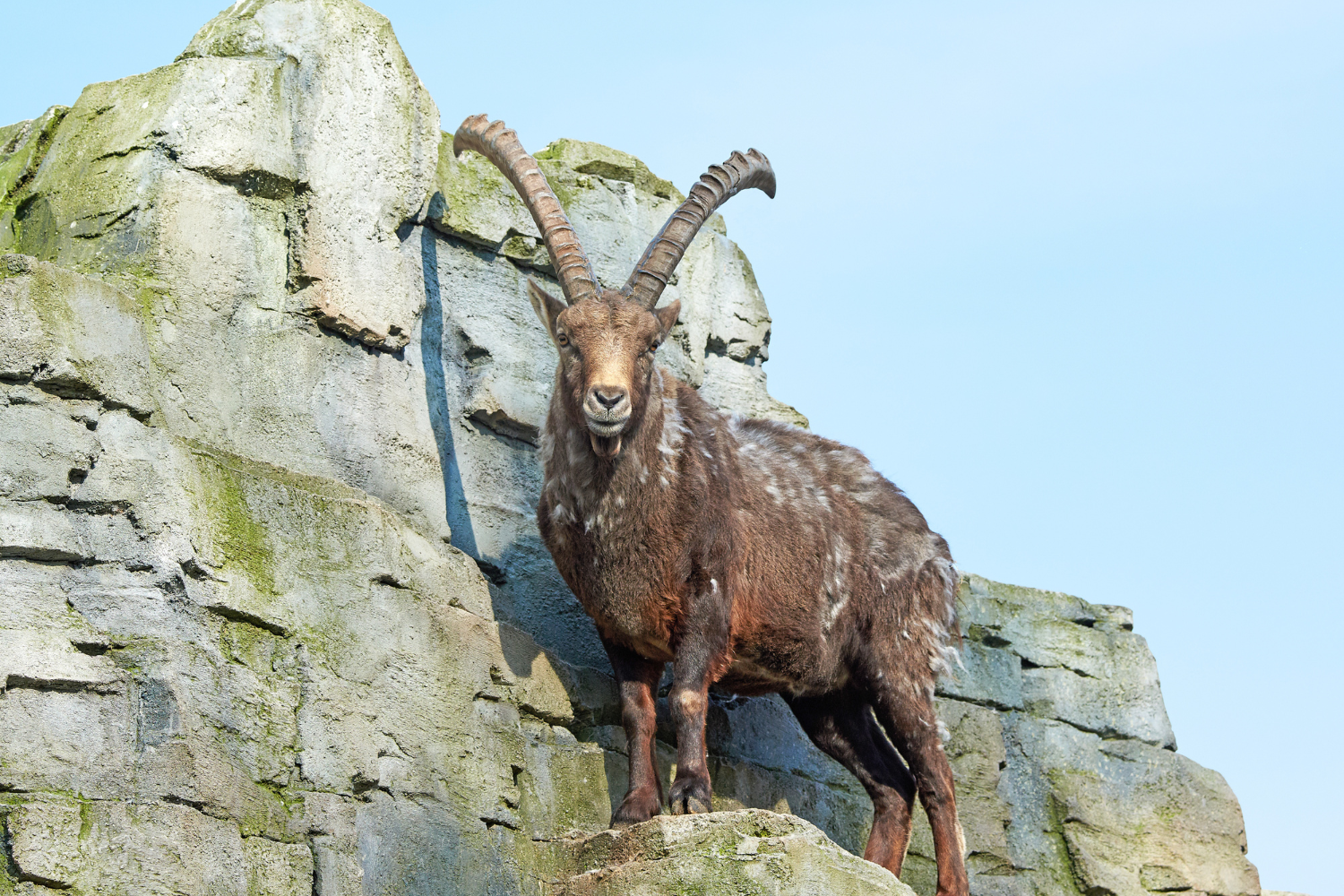
These mountain goats in the European Alps live in a narrow band of cold, rocky habitat. As warming moves vegetation higher, ibex face a shrinking vertical space to thrive. Their climbing skills won’t save them from habitat compression, and eventually there’s nowhere else to go. Seasonal food changes also impact birthing cycles, creating cascading survival issues. This once-thriving species now faces a literal ceiling on its existence as climate change accelerates.
11. Atlantic puffins are starving from shifting fish stocks.
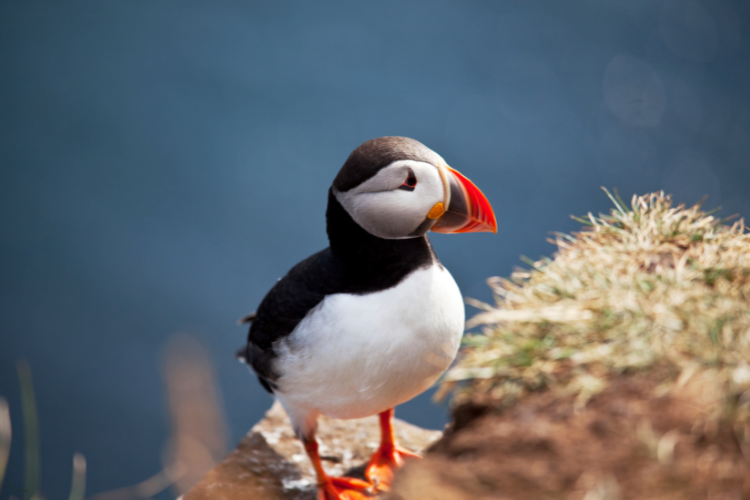
Puffins rely heavily on certain small fish species like sand eels. As oceans warm, these fish are moving north or disappearing entirely, leaving puffins with less food to feed chicks. Some colonies have seen breeding success crash as adults bring back less nutritious substitutes. Their iconic status doesn’t protect them from a simple truth—if food disappears, so do puffins, no matter how much effort goes into managing nesting grounds.
12. Warming seas are silencing coral reefs, and reef fish too.

Coral reefs aren’t just colorful—they’re noisy with life, from snapping shrimp to croaking fish. As reefs bleach and die due to warming and acidification, fish species that rely on them lose both shelter and sound cues needed for navigation. This acoustic collapse is rarely discussed but deeply disruptive. Reef fish populations are already shifting away from dead reefs, causing ripple effects across global fisheries and local ecosystems that depend on these underwater cities.
